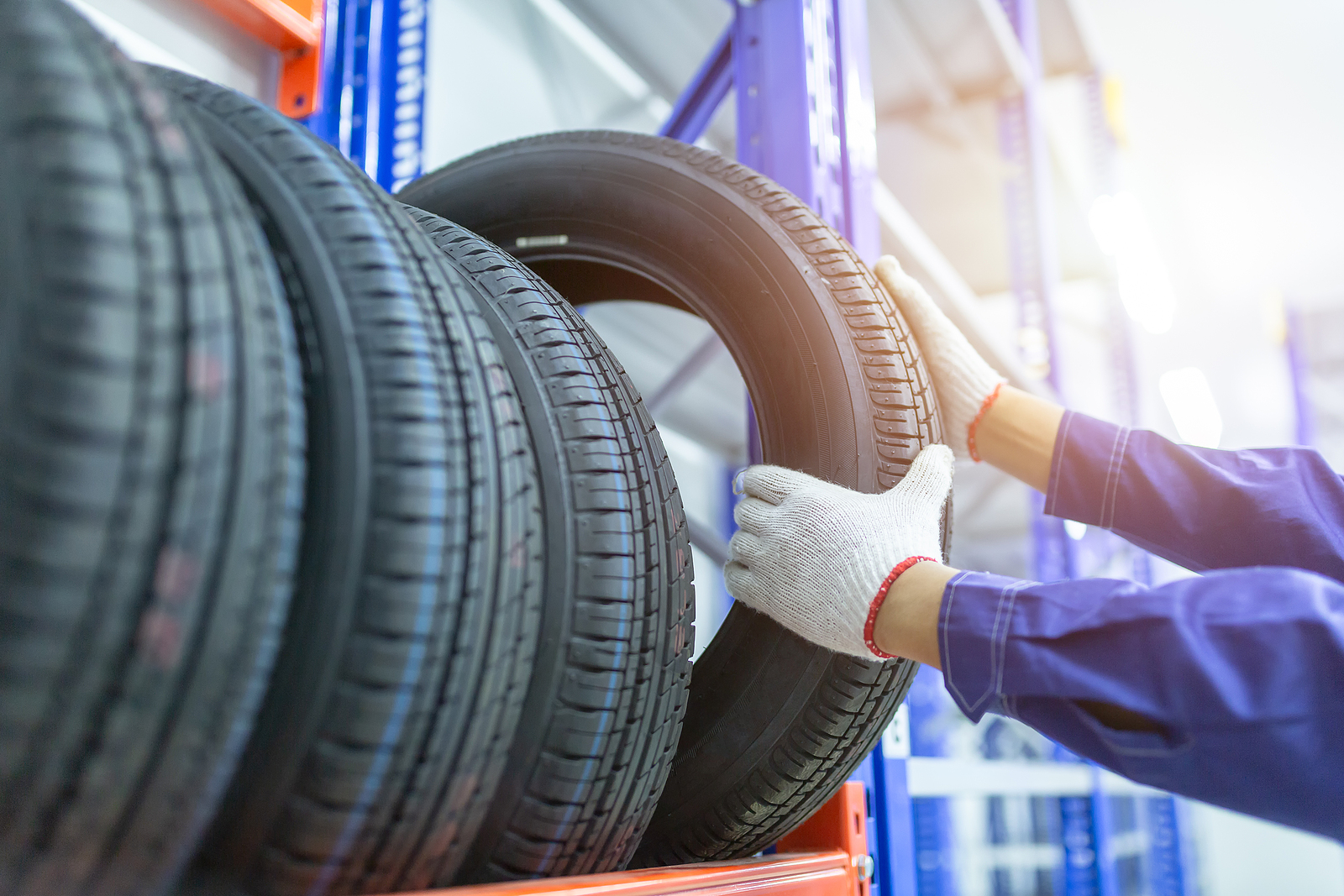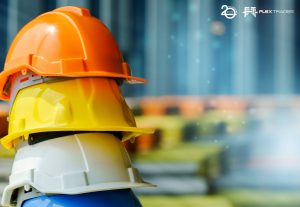How It’s Made – Tires
For this month’s How It’s Made article, we are talking tires – tire materials and tire building. Tires are a critical part of our day to day lives, especially here at PMG. We have many highly-skilled technicians who drive across the United States to work PMG projects at various client sites. In fact, PMG works with tire manufacturers across the United States as well, providing skilled technicians for the many different positions within their rubber and tire manufacturing facilities. With that in mind, let’s get rolling!
Tire Materials
Natural Rubber
Synthetic Rubber/Polymers
Steel
Steel wire goes in the belts and beads of all tires, as well as plies for truck tires.
Textile
Fabric cords used in tire plies for the purpose of stability and support.
Fillers
Crucial ingredients to solidify rubber during the mixing/Banbury process. Fillers include carbon black and silica.
Antioxidants & Antiozonants
Additional fillers utilized during mixing/Banbury process to avoid tire break down from temperatures, oxygen or ozone exposure.
Curing Additives (Sulfur, Zinc Oxide)
Used during curing/vulcanization to further strength tires.
Rubber Manufacturing
To manufacture rubber, there are three main operations: Banbury/Mixing, Extruding, Calendering.
- Banbury/Mixers: this equipment solidifies raw rubber by mixing and blending, grinding, and heating raw & synthetic rubber with fillers.
- Extruders: this equipment shapes the rubber coming from the Banbury.
- Calenders: this equipment “squeezes” rubber with steel or fabric, ultimately manufacturing steel belts, body plies, cap plies, and belt edge covers.
Once complete, the material is then sheared, cut, sliced, and/or spliced into desired dimensions for the building process.
Tire Components
Sidewall: covers the plies on the sides of the tire, providing protection from road and curb damage.
Belts: these provide strength and stability to the tread.
Tread: the rubber compound of this and the pattern provides the grip and traction of the tire.
Plies: there are two plies in each tire. These function as the structure of the tire, providing the strength to contain air pressure.
Innerliner: retains the inflation pressure inside the tire. Prior to utilizing inner liners, tires had inner tubes.
Bead: this assures that the tire has an air-tight fit to the wheel.
How Tires are Made
- Tire Building is the process of layering individual materials onto a tire building drum, in a tire forming machine.
Given the variety of tire manufacturing companies, machines have a wide assortment of names including:
-
- Tire Building Machine (TBM)
- Tire Assembly Machine (TAM)
- Tire Forming Machine (TFM)
- 1st Stage Machine
- 2nd Stage Machine
These machines are manually operated or fully automatic.
- Tire building happens in two stages.
Stage One: Casing Building
Layering of the innerliner, body plies, beads, and sidewall. Building operations include:
- Wrapping the innerliner around the drum.
- Layering the first body ply on the innerliner.
- Layering the second body ply on the first body ply.
- The layering on the bead assemblies.
- Inflating the “bladder” of the drum to force the plies to cover the bead assemblies.
- Pressing sidewall sections onto both sides.
At this point, a tire is considered a “Carcass”.
Stage Two: Belts & Tread application
In this stage, the carcass goes to a second machine at which the belts and tread go on as additional layers, similar to Stage 1.
At this point, you have a “Green Tire” – a tire close to its final dimensions but not yet 100% complete.
By now, the tire is fully built. However, there are additional operations still required to ensure the tire is truly ready for the road.
-
Green Tire Curing
Curing is the process for strengthening the tire, building resiliency as well as wear-resistance.
In this stage, a large curing mold with a bladder in it holds the tire. Think of what essentially looks like a large clam shell.
Once the green tire is in the mold, the bladder expands with steam. This shapes the tire, forms the tread pattern, and the sidewall lettering. This is all determined by the interior shape & design of the mold.
Curing occurs for a pre-determined time and the steam is heated to a pre-determined temperature. Commonly, tires are cured for 10-15 minutes (for passenger or light truck tires) at 300 degrees Fahrenheit. Off-road or large vehicle tires can take up to a day to cure.
Once complete, the pressure is relieved and the tire is removed for cooling on a PCI (post-cure inflator) which holds and inflates the tire until it’s fully cooled.
When fully cooled, the tire moves to inspection and testing.
2. Inspection & Testing
As you can assume it’s critical that tires are made with care and precision to ensure the safety of all drivers.
In the Inspection & Testing stage, inspectors are looking for flaws such as bubbles or voids in the tread, sidewall, or interior of the tire.
Testers are performing:
-
- Tire Uniformity Testing: the tire is placed on a wheel, inflated and spun against a simulated road surface. Sensors in the test wheel measure the balance of the tire, determining the tire’s ability to run straight.
- X-Ray Testing
- Destructive Testing
With inspection and testing done, a tire is completely finished and ready for the road!
Below is a great visual of the processes described above. Additionally, check out this Tire Manufacturing Video to see it in-person. You can always read my article on safe driving, including how to keep your tires in good condition, to learn more about how the rubber meets the road!
Safe travels!
Kim Mooney, Technical Manager & Coach








